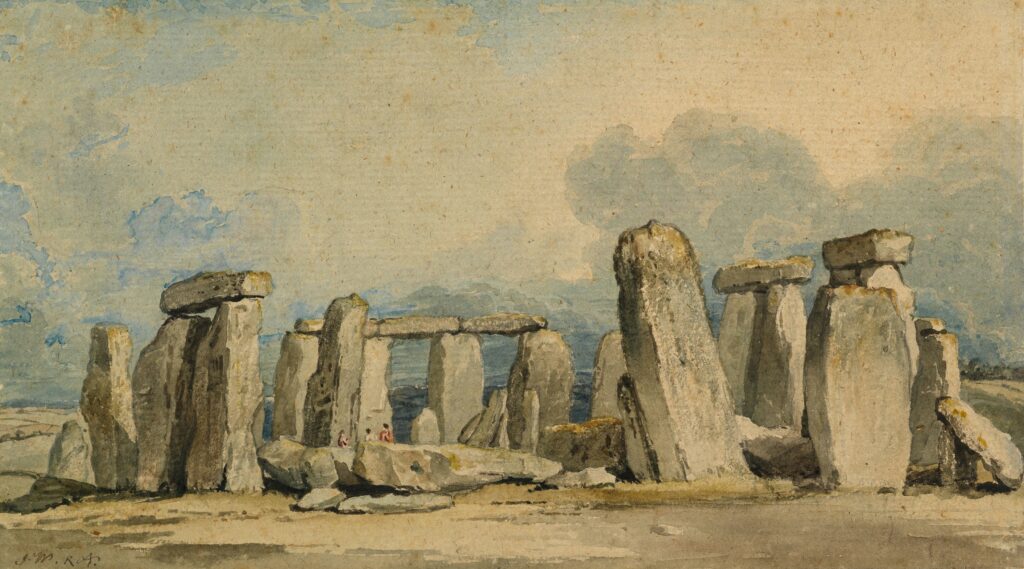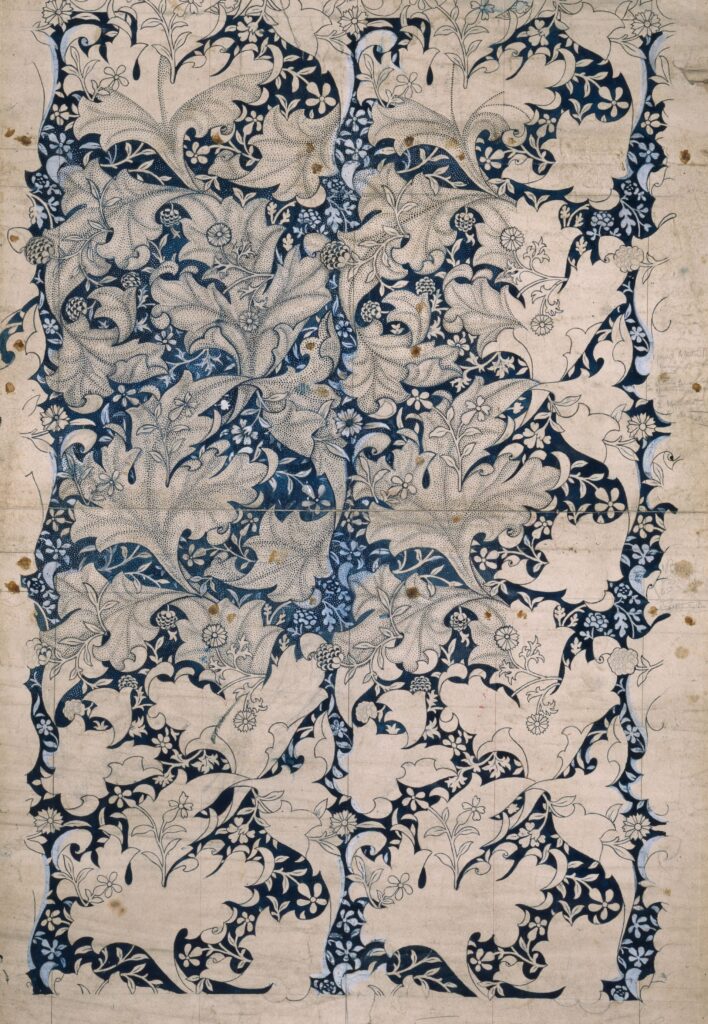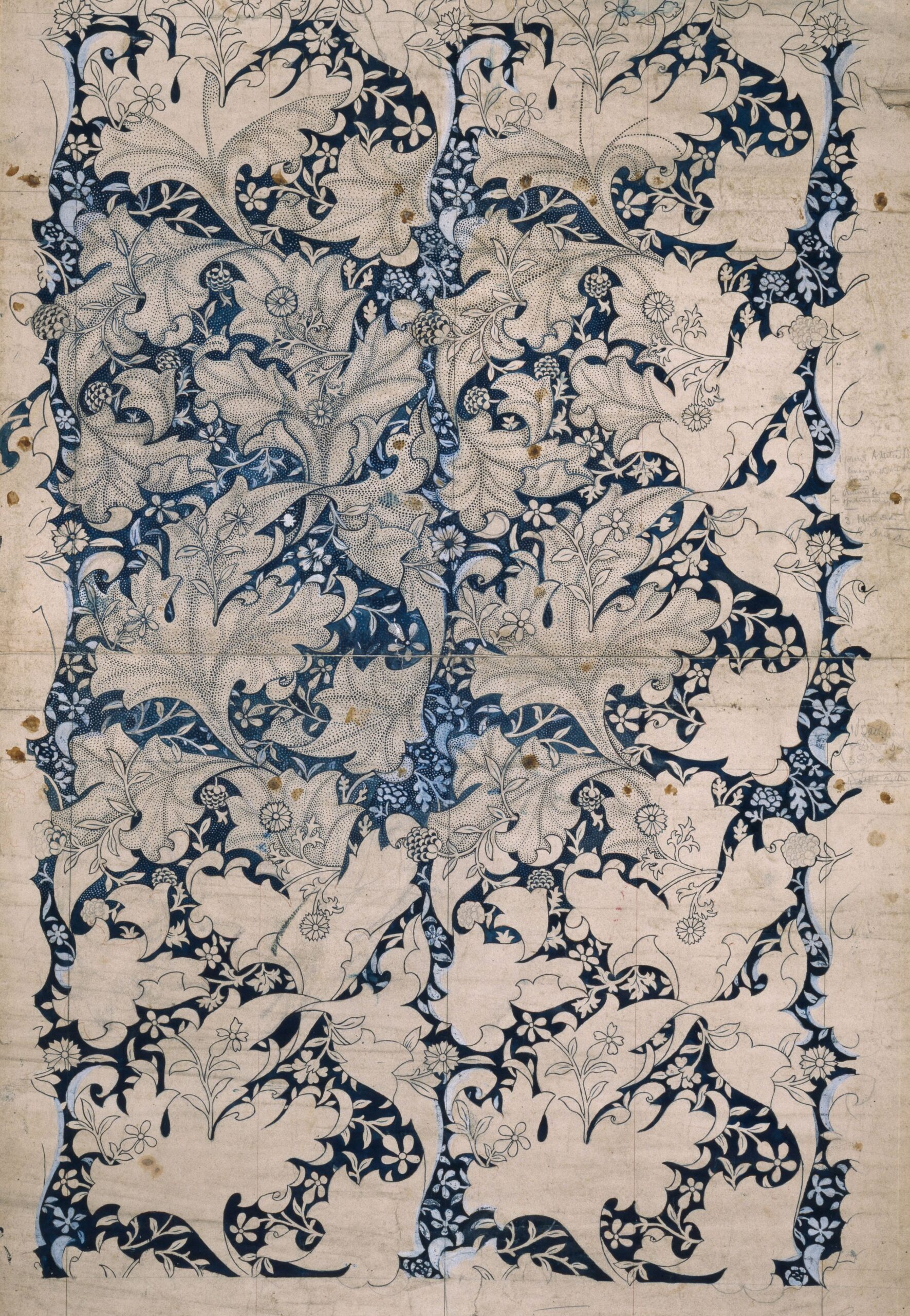The newly reopened European Paintings wing at the Met offers visitors a captivating journey through the rich and diverse world of European art. With 700 paintings spread across 45 galleries, this extensive collection showcases the evolution of European painting from the early Renaissance in central Italy to the vibrant scenes of France and Spain. Through a meticulously organized chronology, visitors can witness the transformation of European art, exploring various countries and even diving into the modern age with renowned artists such as Bacon, Beckmann, and Kerry James Marshall. The reinstallation of the wing aims to provide refreshed perspectives on geography, religion, and medium, shedding new light on European cultural enterprise and its global impact. Additionally, this exhibition emphasizes the significance of women artists by including recently acquired works from the 17th and 18th centuries. With engaging portraits, intriguing symbols, and Venetian souvenirs, this revamped display offers a comprehensive exploration of European art history.

Renovation and Highlights
The European Paintings wing at the Metropolitan Museum of Art has recently undergone a significant renovation, breathing new life into its collection of 700 paintings spread across 45 galleries. This renovation not only includes improvements to the physical space but also highlights the artistic achievements of Spain’s Golden Age.
New Skylights
One of the notable updates to the European Paintings wing is the addition of new skylights. These skylights allow natural light to flood the galleries, creating a more immersive and vibrant viewing experience for visitors. The interplay of sunlight and shadows adds depth and dimension to the paintings, allowing viewers to appreciate the intricacies of each brushstroke and color choice.
Highlights of Spain’s Golden Age
Another exciting aspect of the renovation is the inclusion of highlights from Spain’s Golden Age. This period, spanning from the late 15th to the early 17th century, was a time of great cultural and artistic flourishing in Spain. The European Paintings wing showcases masterpieces from renowned Spanish artists such as El Greco, Diego Velázquez, and Francisco de Zurbarán. These works provide a glimpse into the rich history and artistic heritage of Spain during this pivotal era.
Chronological Organization
To enhance the visitor’s understanding and appreciation of the artworks, the European Paintings wing has been meticulously organized chronologically. The collection begins with the Early Renaissance in central Italy and gradually progresses through various artistic movements and styles, ultimately ending in France and Spain.
Early Renaissance in Central Italy
The journey through European art history begins with the Early Renaissance in central Italy. This period marked a significant shift in artistic techniques and subject matter, as artists began to draw inspiration from classical Greek and Roman art. Visitors can expect to see exquisite paintings by Italian masters such as Giotto di Bondone, Fra Angelico, and Sandro Botticelli. These artists laid the foundation for many of the artistic developments that followed.
Ending in France and Spain
The chronological organization of the European Paintings wing culminates in the artistic achievements of France and Spain. These countries, known for their distinctive artistic styles, have left an indelible mark on European art history. Visitors can marvel at the works of renowned French artists including Jacques-Louis David, Édouard Manet, and Pierre-Auguste Renoir. The vibrant and diverse paintings from Spain’s Golden Age, previously mentioned, serve as a fitting finale to the chronological journey.

Diversity of European Artists
The newly reopened European Paintings wing celebrates the diversity of European artists by showcasing works from various European countries. This inclusion of artworks from different nations offers a comprehensive view of the vast artistic traditions and influences across the continent.
Works from Various European Countries
Visitors to the European Paintings wing will encounter a rich tapestry of artworks from countries such as Italy, France, Spain, Germany, and the Netherlands, to name a few. Each country has its own unique artistic traditions and styles, providing a fascinating exploration of European art history. From the delicate and ethereal paintings of the Italian Renaissance to the bold and expressive works of the German Expressionists, visitors will be captivated by the incredible diversity on display.
Inclusion of Modern Artists
The European Paintings wing also breaks from tradition by including works by modern artists. This forward-thinking approach aims to bridge the gap between past and present, offering visitors a glimpse into the evolution of European art throughout the centuries. Artists such as Francis Bacon, Max Beckmann, and Kerry James Marshall represent the modern age, showcasing the continued relevance and innovation of European art in contemporary society.
Refreshed Perspectives
The reinstallation of the European Paintings wing offers visitors refreshed perspectives on three key aspects: geography, religion, and medium. By considering these elements, viewers can deepen their understanding of the cultural and artistic contexts in which the paintings were created.
Geography
Geography plays a crucial role in shaping artistic traditions and styles. The European Paintings wing takes full advantage of its newly renovated space to highlight the geographical diversity of European art. From the warm colors and dramatic landscapes of the Mediterranean region to the cooler tones and serene scenes of Northern Europe, visitors can immerse themselves in the distinct characteristics of different European regions.
Religion
Religion has long been a driving force behind European art, and the European Paintings wing pays homage to this important aspect of cultural expression. Visitors will encounter awe-inspiring depictions of Christian themes and narratives, showcasing the influence of religious belief on artistic creativity. From intricate altar pieces to luminous Madonna and Child portraits, these works provide a window into the spiritual and theological dimensions of European art history.
Medium
The European Paintings wing also encourages viewers to consider the medium through which artworks are created. Paintings, sculptures, and drawings each have their own unique qualities and possibilities for artistic expression. By showcasing a variety of mediums, the collection invites viewers to contemplate the skill and creativity required to bring each artwork to life. From meticulously detailed oil paintings to delicately rendered watercolors, visitors can appreciate the diverse range of techniques and materials employed by European artists throughout the centuries.

Newly Acquired Works by Women Artists
The European Paintings wing proudly features recently acquired works by women artists from the 17th and 18th centuries. This emphasis on women artists is a significant step towards rectifying the historical imbalance in the representation of female artists in museum collections.
17th Century Artists
The 17th century was a period marked by changing social and cultural attitudes, giving rise to a small but noteworthy group of women artists. Visitors to the European Paintings wing can view captivating paintings by artists such as Artemisia Gentileschi, Judith Leyster, and Clara Peeters. These artists defied societal norms and embarked on successful artistic careers, creating works that rival those of their male counterparts in skill and creativity.
18th Century Artists
In the 18th century, the inclusion of women artists in the European art world expanded even further. The European Paintings wing displays remarkable works by artists such as Elisabeth Louise Vigée Le Brun, Angelica Kauffman, and Rosalba Carriera. These talented women contributed to popular artistic genres of the time, including portraiture and still life. Their works exemplify the mastery and innovation of female artists during this period.
Insights into European Cultural Enterprise
The European Paintings wing not only showcases the artistic achievements of individual artists but also provides insights into the broader cultural enterprise of Europe. By examining the collection as a whole, visitors can gain a deeper understanding of the interconnectedness and global impact of European art.
Global Impact
European art has had a profound influence on art movements and traditions around the world. The European Paintings wing highlights the exportation of European artistic styles, techniques, and ideas to other continents. Visitors can appreciate how European art has shaped and been shaped by cultural exchange. From the impact of Italian Renaissance art on the development of painting in Asia to the exploration of African motifs in modern European art, the collection offers a global perspective on the enduring legacy of European cultural enterprise.
Key Artworks
Within the European Paintings wing, six key artworks are highlighted for their exceptional historical and artistic significance. These artworks represent different aspects of Western painting and European history, offering visitors a curated selection of masterpieces that epitomize the richness and diversity of European art.
Representing Western Painting
One of the key artworks showcased in the European Paintings wing is Leonardo da Vinci’s iconic “Mona Lisa.” This enigmatic portrait, renowned for its technical brilliance and emotional depth, is considered a masterpiece of Western painting. Its inclusion in the collection allows visitors to witness firsthand the enduring impact of Leonardo’s artistic genius.
Representing European History
Another key artwork that takes center stage in the European Paintings wing is Jacques-Louis David’s monumental painting, “The Coronation of Napoleon.” This grand historical painting captures the pinnacle of Napoleon Bonaparte’s power and the complex political and social dynamics of 19th-century Europe. Through this artwork, visitors can delve into the fascinating intersection of art, history, and politics.
Exploration of Christian Theology and the Renaissance
The European Paintings wing offers visitors an opportunity to explore the profound relationship between Christian theology and the Renaissance. The collection showcases an array of artworks that speak to the development and evolution of religious imagery during this transformative era.
Development of the Image
Christian theology played a fundamental role in the production and interpretation of art during the Renaissance. The European Paintings wing features works that reflect the changing depiction of religious subjects, from the somber and contemplative figures of the Early Renaissance to the dramatic and emotional portrayals of the High Renaissance. Visitors can observe how artists like Raphael, Titian, and Caravaggio pushed the boundaries of artistic representation by infusing their works with theological meaning and symbolism.
Engaging Portraits of 16th Century Individuals
Portraiture was a popular artistic genre during the 16th century, capturing the essence and personality of individuals from various walks of life. The European Paintings wing presents engaging portraits of nobles, scholars, and bankers, providing glimpses into the lives and identities of people from this fascinating period.
Nobles
The collection features portraits of noble men and women, painted with exquisite attention to detail and rich symbolism. Visitors can admire the regal elegance of Hans Holbein the Younger’s portraits of Henry VIII and his court, as well as the refined beauty of Sofonisba Anguissola’s portraits of noblewomen. These portraits not only depict the physical likeness of their subjects but also convey their social status and aspirations.
Scholars
Intellectual pursuits and the world of scholarship were also subjects of portraiture during the 16th century. Visitors to the European Paintings wing can appreciate the intense gaze and intellectual aura captured in portraits of renowned scholars such as Desiderius Erasmus and Johannes Kepler. These paintings provide a glimpse into the intellectual and cultural climate of the time, showcasing the importance placed on knowledge and education.
Bankers
The flourishing economy of the 16th century also led to the rise of wealthy bankers and financiers, who were eager to commission portraits to demonstrate their social standing and influence. The European Paintings wing displays portraits of prominent bankers, such as those by Jan Gossaert and Antonis Mor. These portraits not only showcase the opulent wealth of their subjects but also shed light on the close relationship between economic power and artistic patronage during this period.
Venetian Souvenirs and the Rise of Female Painters
The European Paintings wing also invites visitors to explore the vibrant artistic scene of 18th-century Venice, a city known for its captivating beauty and diverse artistic expressions. This period witnessed the rise of female painters, who made significant contributions to the artistic landscape.
18th Century
The 18th century saw a surge in female artists, with Venetian women playing a prominent role in this movement. The European Paintings wing exhibits paintings by notable Venetian women artists such as Rosalba Carriera and Elisabeth Vigée Le Brun. These artists excelled in portrait and genre painting, showcasing their technical skill and artistic vision. Their works add depth and diversity to the collection, demonstrating the important contributions of women to the art world.
In conclusion, the newly reopened European Paintings wing at the Met offers visitors a comprehensive journey through European art history. From the newly added skylights to the highlights of Spain’s Golden Age, the renovation has transformed the wing into a dynamic and engaging space. Through chronological organization, diverse inclusion of European artists, and a focus on refreshed perspectives, visitors can gain a deeper understanding of the cultural and artistic enterprise of Europe. The emphasis on women artists, explorations of European history and Christian theology, portraits of 16th-century individuals, and the rise of female painters in Venice further enrich the collection, providing visitors with a multi-faceted and illuminating artistic experience.

